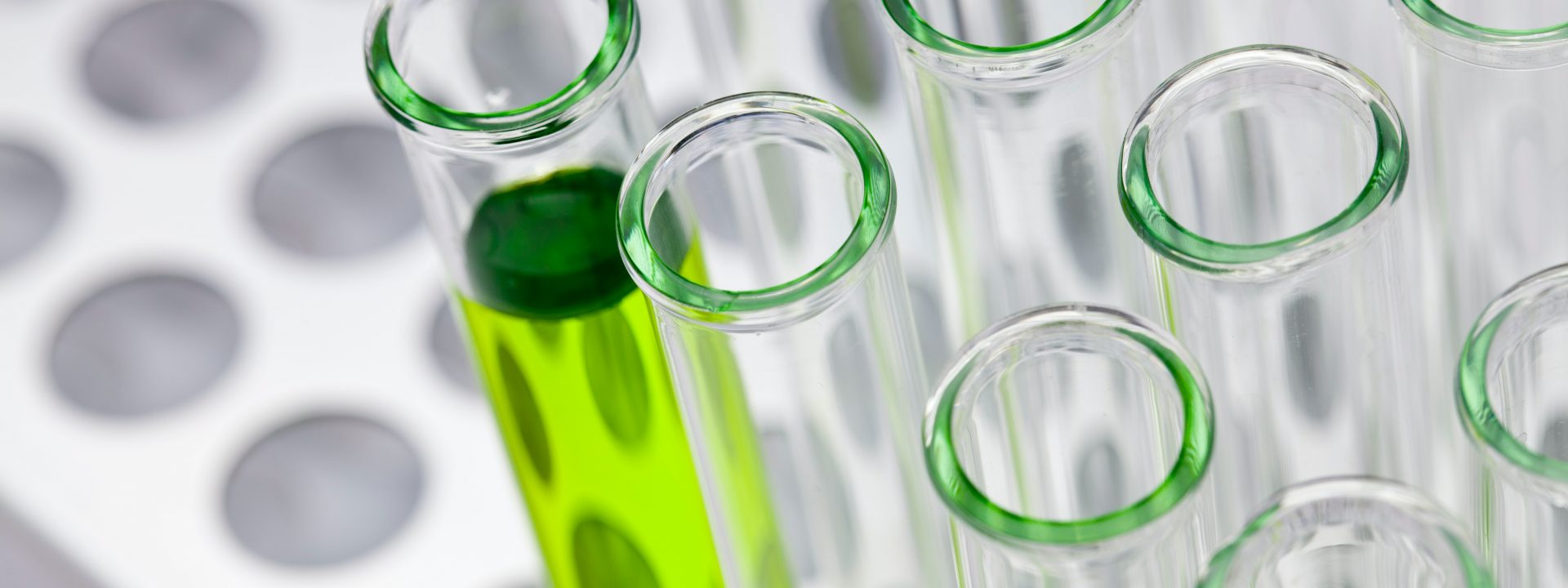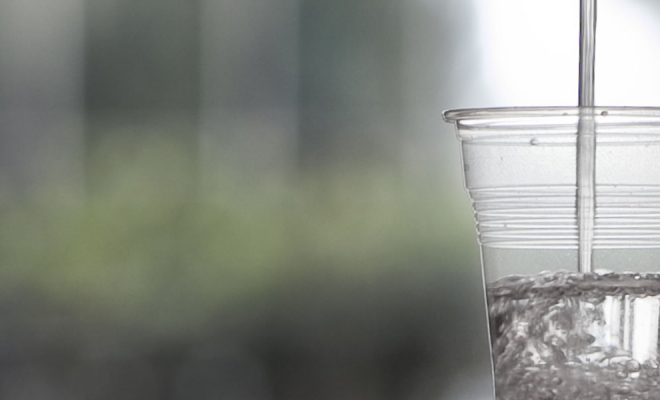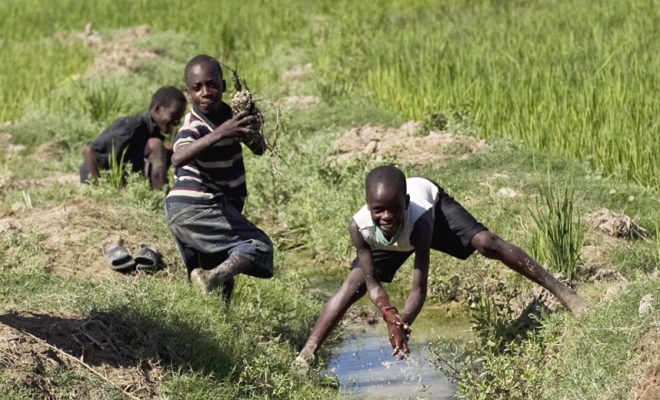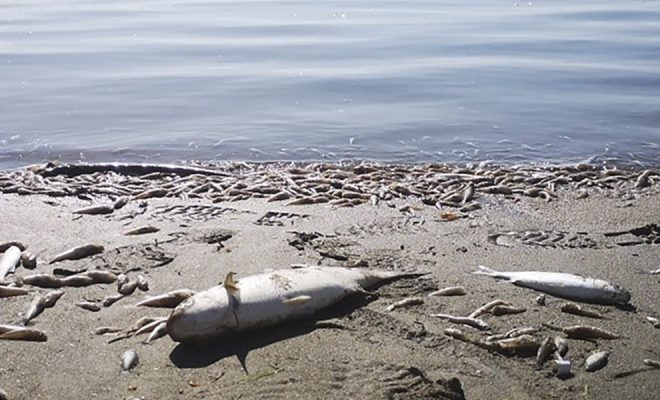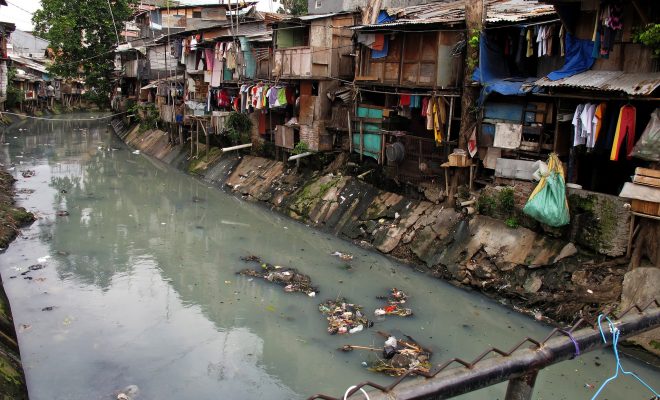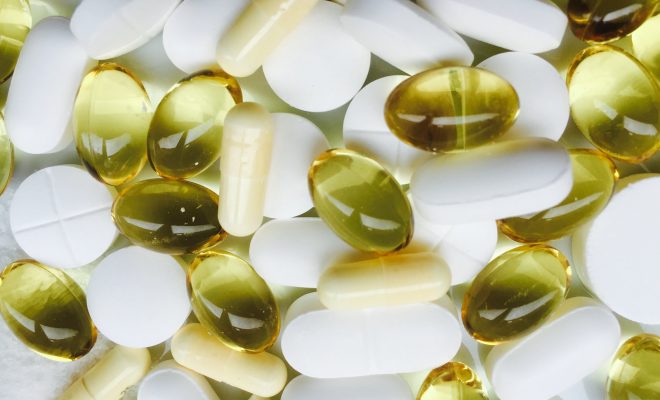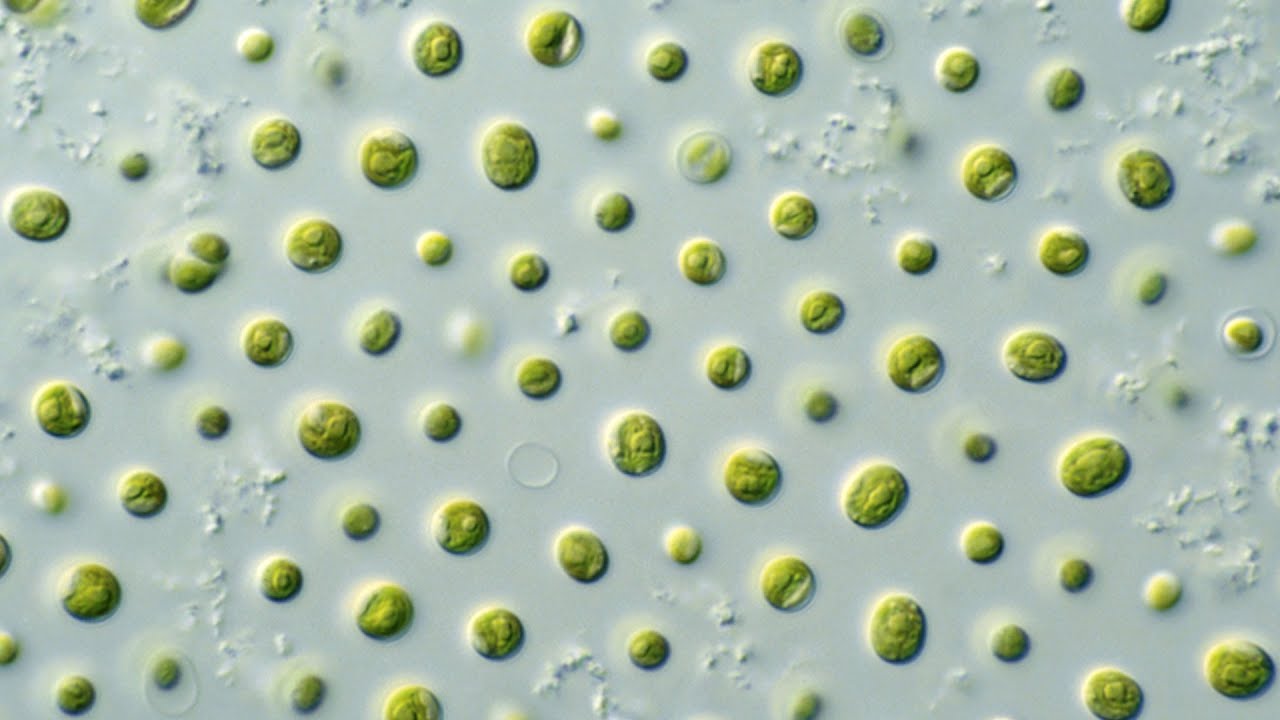
Microalgae enter the world of sanitation as a factor of hope for assimilating treating processes into the circular economy and improving the universalization of sanitation. It is a biotechnology in the research and development phase approached as an alternative to biochemical procedures exclusively based on the action of bacteria to eliminate organic matter from water.
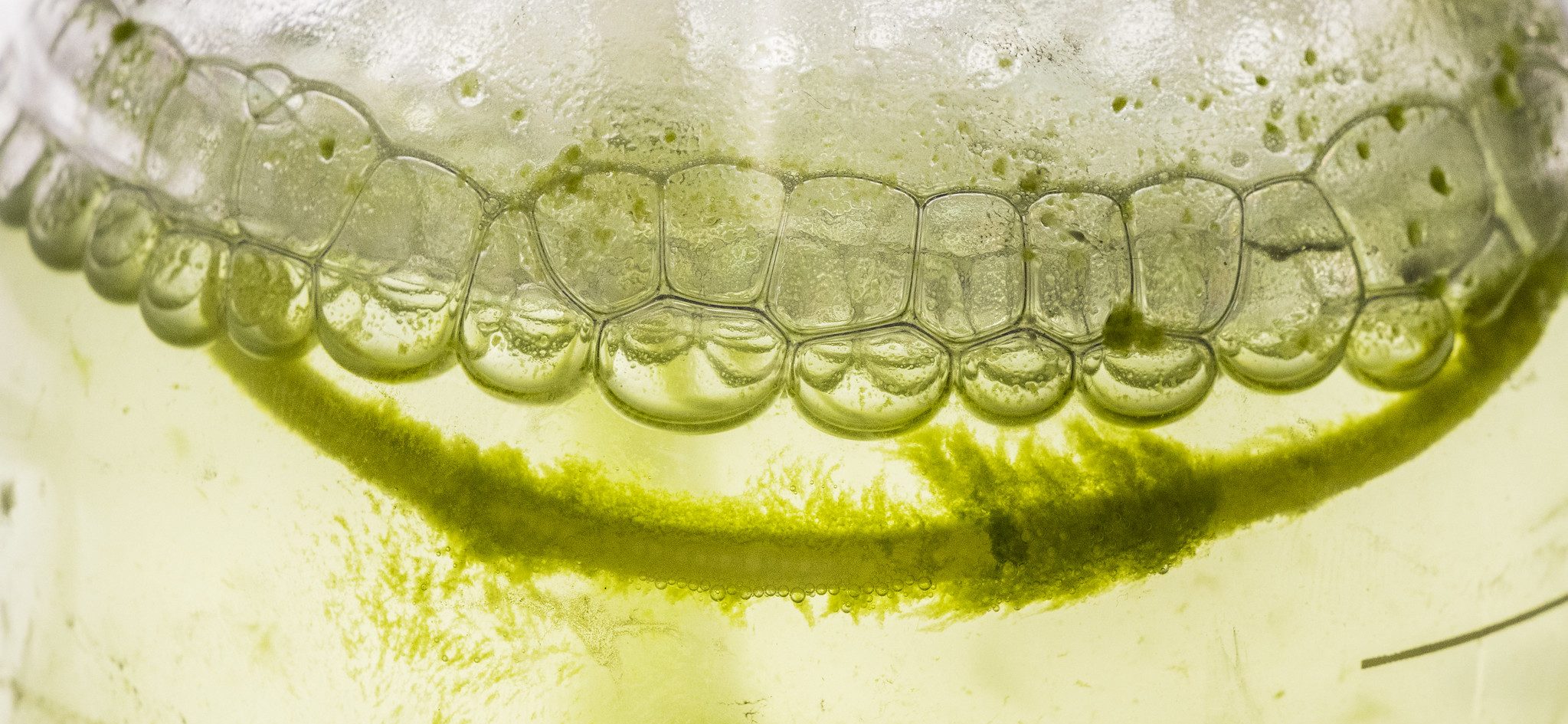
Microalgae treat wastewater with solar energy, capture CO2 and transform pollutants into valuable compounds. Algae research for water purification. Federal University of Ceará, Brazil. © Ribamar Neto
An overview of the operation of WWTPs
The current wastewater treatment processes most commonly used in WWTPs (Wastewater Treatment Plants) have the following phases or treatments:
Primary treatment. It is based on physicochemical methods. It removes the solids carried by water arriving from the sewage system and the greasy substances that can damage the treatment process. Methods such as roughing (separation of large solids), degreasing, desanding and primary decantation (sedimentation due to the gravity effect) are used.
Secondary treatment. It is based on biological methods. After removing solids, the main goal is the removal of organic matter, the main pollutant of wastewater. Both aerobic (with oxygen) and anaerobic (without oxygen) processes are used which, in general, are based on favoring the activity of certain bacteria that feed on biodegradable organic substances. There are many treatments based on these processes: activated sludge, trickling filters, peat filters, lagooning, biodiscs, and soil filtration systems. These processes can reduce organic matter by up to 90%.
Tertiary treatment. It is based on chemical and biological methods. Its main goal is the removal of pathogen agents that can affect human or environmental health, heavy metals, nitrogen and phosphorus. These are advanced treatments whose complexity depends on the legal requirements that apply based on the use of the treated water: trickling filters, green filters, microfiltration, ultrafiltration, ozonization, ultraviolet disinfection, etc.
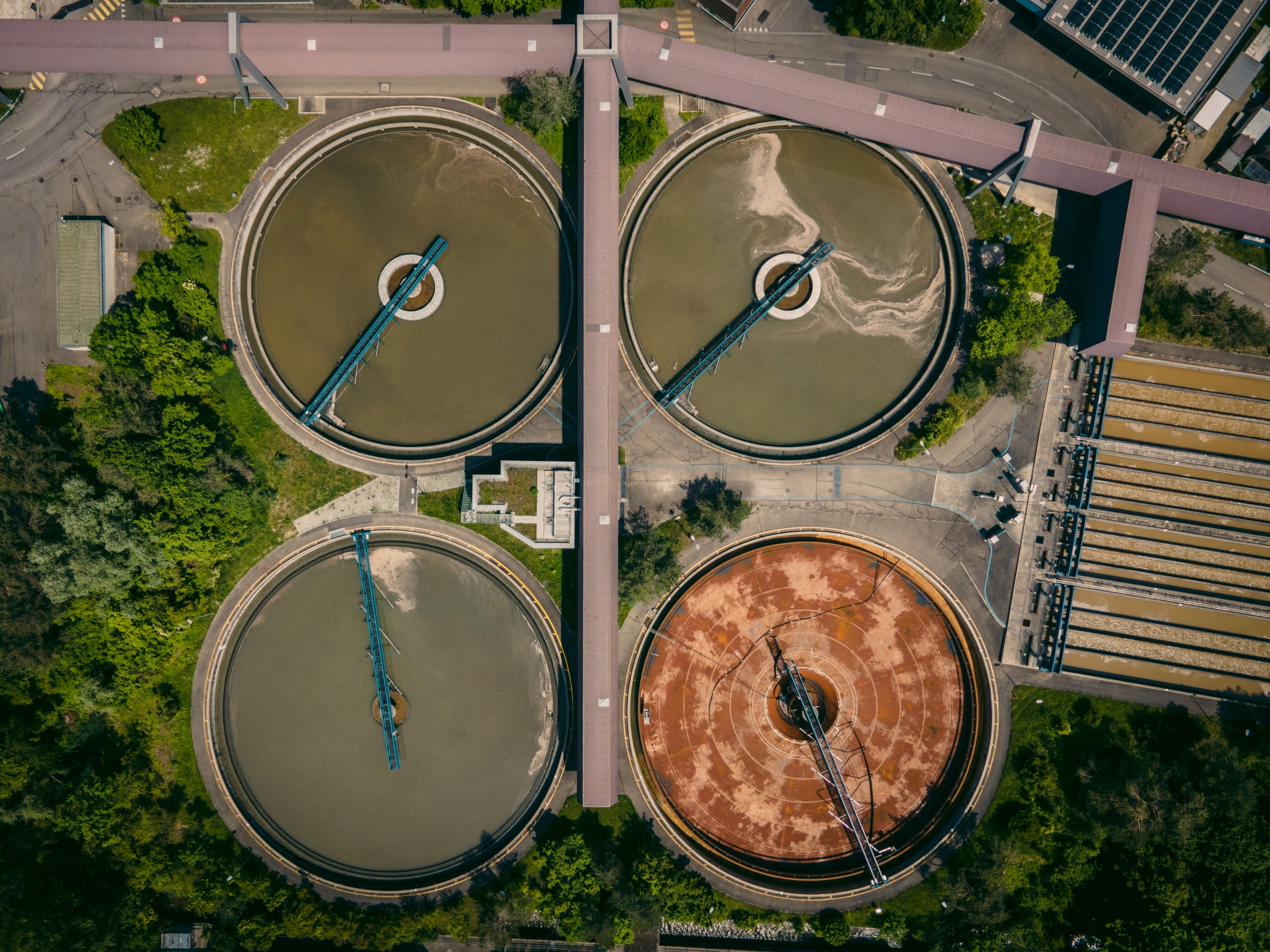
The goal of sustainable treatment
All these processes require a lot of energy and generate waste. Although much progress has been made recently in the use of renewable energies and waste, one of the great challenges of global sanitation is to achieve sustainable treatment systems that can be integrated into a circular economy strategy; that is, to create value in waste and reduce the carbon footprint of the processes to a minimum.
Microalgae enter fully into the secondary and tertiary phase of wastewater treatment. They are an option capable of significantly improving the sustainability of wastewater treatment by capturing carbon, reducing energy consumption and converting pollutants into valuable compounds.
What are microalgae?
Microalgae are microscopic plants that grow in a watery medium. They feed on nitrogen (from nitrates), phosphorus (from phosphates) and CO2; for this reason, they multiply unrestrainedly in waters polluted with these elements, causing the phenomenon of eutrophication, also known as “pea soup” in areas that experience it.
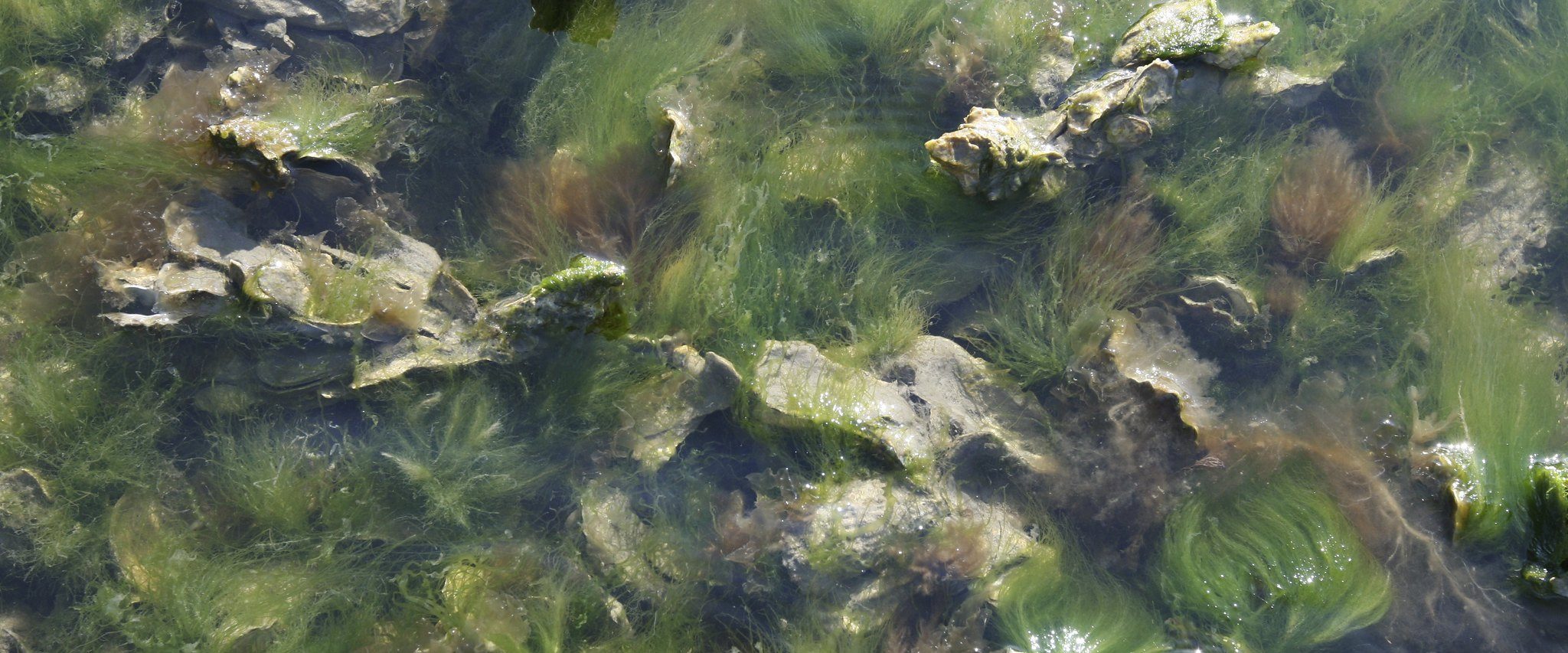
Microalgae enter the world of sanitation as a factor of hope for assimilating treating processes into the circular economy and improving the universalization of sanitation.Getting up close and personal with microalgae on a reef at Rachel Carson Reserve. Carolina’s marine lab. © K. Irish/ UNC Institute of Marine Sciences
This “diet” based on water pollutants is precisely one of their main values, which have led to their inclusion in water treatment processes. The other, and no less important, is that they are photosynthetic organisms, i.e., capable of capturing solar energy and using it for their reproduction and growth. In addition, microalgae do not require oxygen to be injected, as they obtain it from water.
How can microalgae contribute to water treatment?
In short: algae are seen as a hopeful panacea for the full sustainability of wastewater treatment.
As a consequence, their use is proposed to save energy, capture CO2 and, simultaneously, recover water pollutants and generate value-added bioproducts. In other words, it is a promising alternative to conventional bacteria-based purification systems that can significantly improve the sustainability of wastewater treatment, bringing the process much closer to the circular economy strategy.
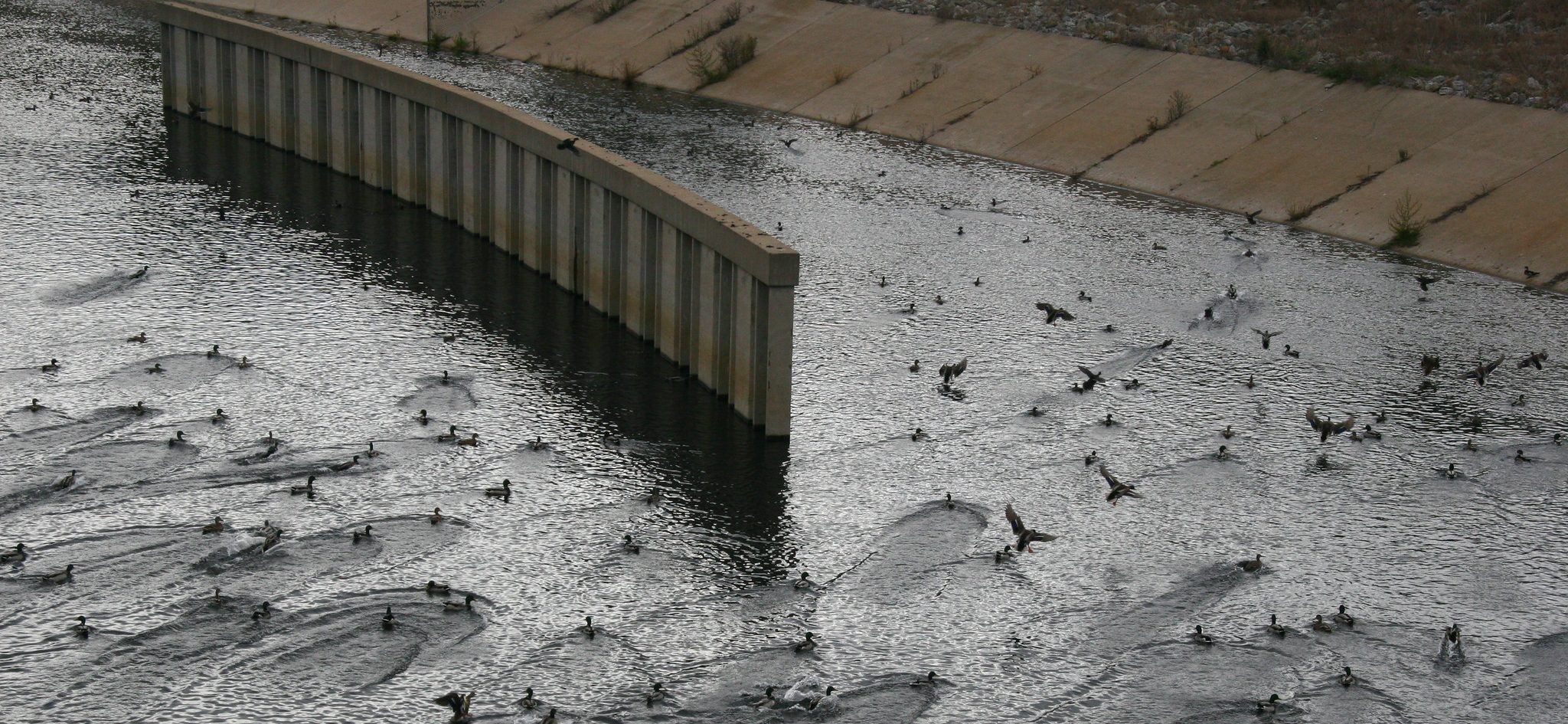
Algae are seen as a hopeful panacea for the full sustainability of wastewater treatment. Wastewater treatment plant. Minnesota. © MPCA
In this sense, it is important to point out the key concept of “recovery” of pollutants: while, in conventional processes, nutrients and pollutants are removed from wastewater, microalgae have the capacity to recover them. That is, microalgae use carbon, nitrogen and phosphorus to reproduce and thus generate biomass that can then be used as organic fertilizer and feed, or biogas, which can be reintroduced as a renewable energy source in the WWTP itself.
By removing inorganic nutrients, such as nitrogen or phosphates, the risk of eutrophication that may be generated by the effluents of the wastewater treatment plants when they are discharged into the environment (seas, rivers, lakes, etc.) is significantly reduced. In the experiments carried out, the pollutant load of these elements has been reduced by up to 95%.
Studies on the application of microalgae to water treatment are being carried out all over the world. In general, all of them show an estimated 40% saving in the energy used in water treatment plants.
A contribution to water reuse
Many water-stressed areas are considering making decisive progress in water reuse. This requires significant investment in improving tertiary treatment to ensure the elimination of pathogens that compromise human health. Many tests have shown that microalgae not only purify wastewater but also eliminate pathogens, i.e. they “disinfect” it. This raises the possibility of significantly reducing tertiary treatment costs and enabling more economical and sustainable water reuse cycles.
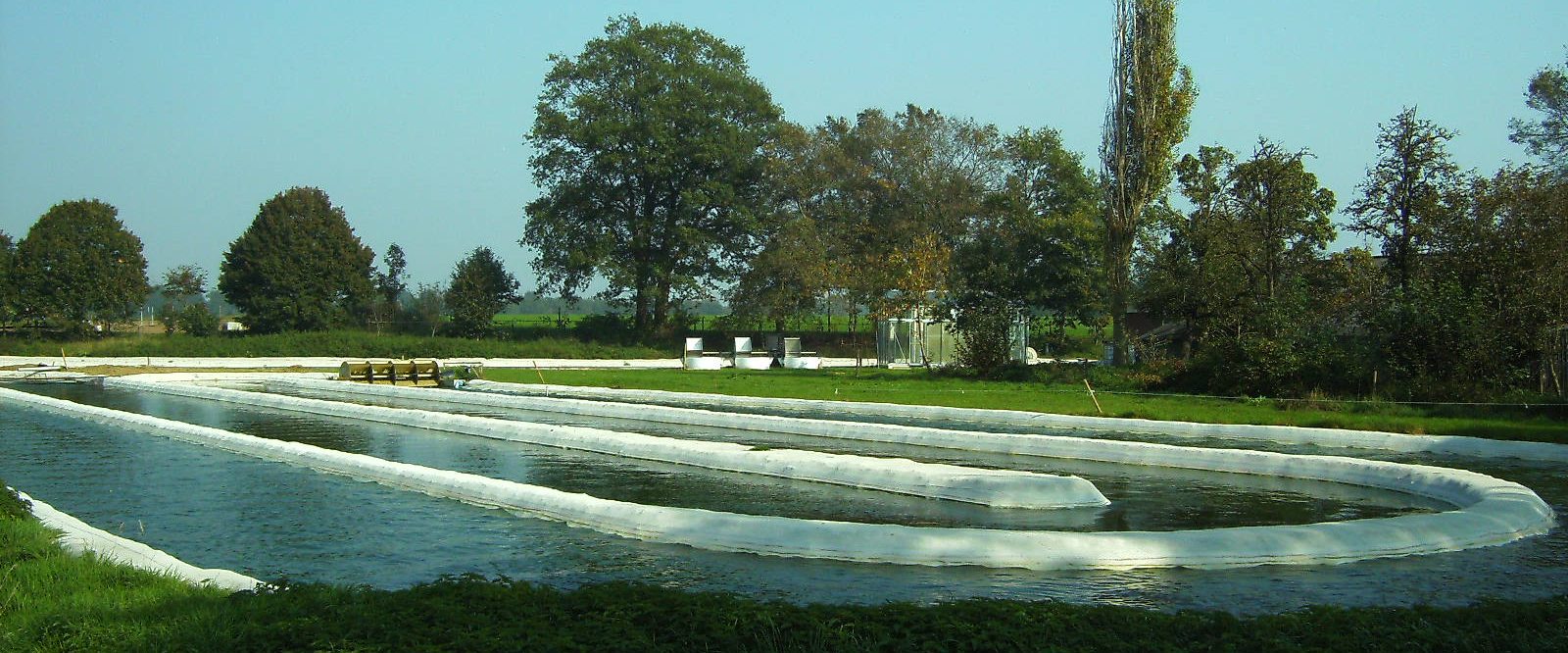
We still know little about how environmental parameters affect the characteristics of microalgae, which is essential to guarantee the quality of the treatment and the bioproducts obtained.
Research is also being carried out on the interaction processes of microalgae with the bacteria present in wastewater and the environment in order to design more efficient and even more sustainable systems.
Another aspect that opens up a range of promising possibilities is the option of microalgae eliminating emerging pollutants, such as drugs, medicines and pesticides. Therefore, microalgae biotechnology opens up promising prospects for the design of efficient reuse systems to effectively reduce water stress in many areas where climate change is already increasing water scarcity.
More space, but less cost
The main problem in applying microalgae biotechnology to mass water treatment is that, for the time being, it does not allow large wastewater flows to be considered. The reason, unfortunately, lies in one of its advantages: photosynthesis. Algae need sunlight and, being strongly colored and very opaque, they overshadow each other. This forces untreated water to be poured into shallower tanks, which makes it necessary to increase their surface area in order to achieve high purification flow rates. A priori, this limits this technology to the treatment of water from small population centers.
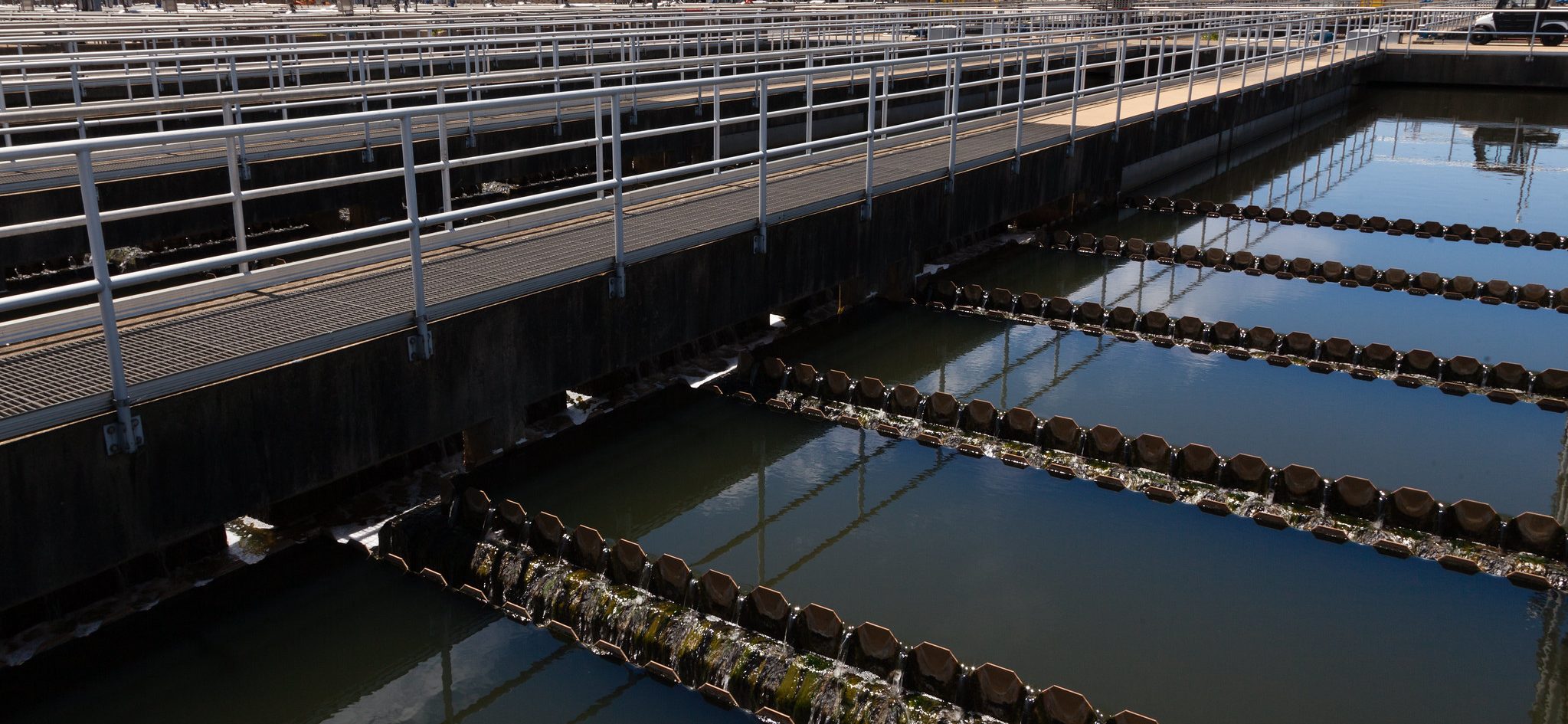
At present, significant progress is being made to increase the efficiency of the processes and make it possible to treat larger volumes of water in smaller facilities. The Blue Plains Advanced Wastewater Treatment Plant is seen in Washington, D.C. © Will Parson/Chesapeake Bay Program
At present, significant progress is being made to increase the efficiency of the processes and make it possible to treat larger volumes of water in smaller facilities. On the other hand, engineers working on current research projects assure that the lower flow of treated water would be compensated thanks to the drastic reduction in the operating costs of the microalgae systems, which would make it possible to foresee a much higher economic profitability.
A boon for SDG 6
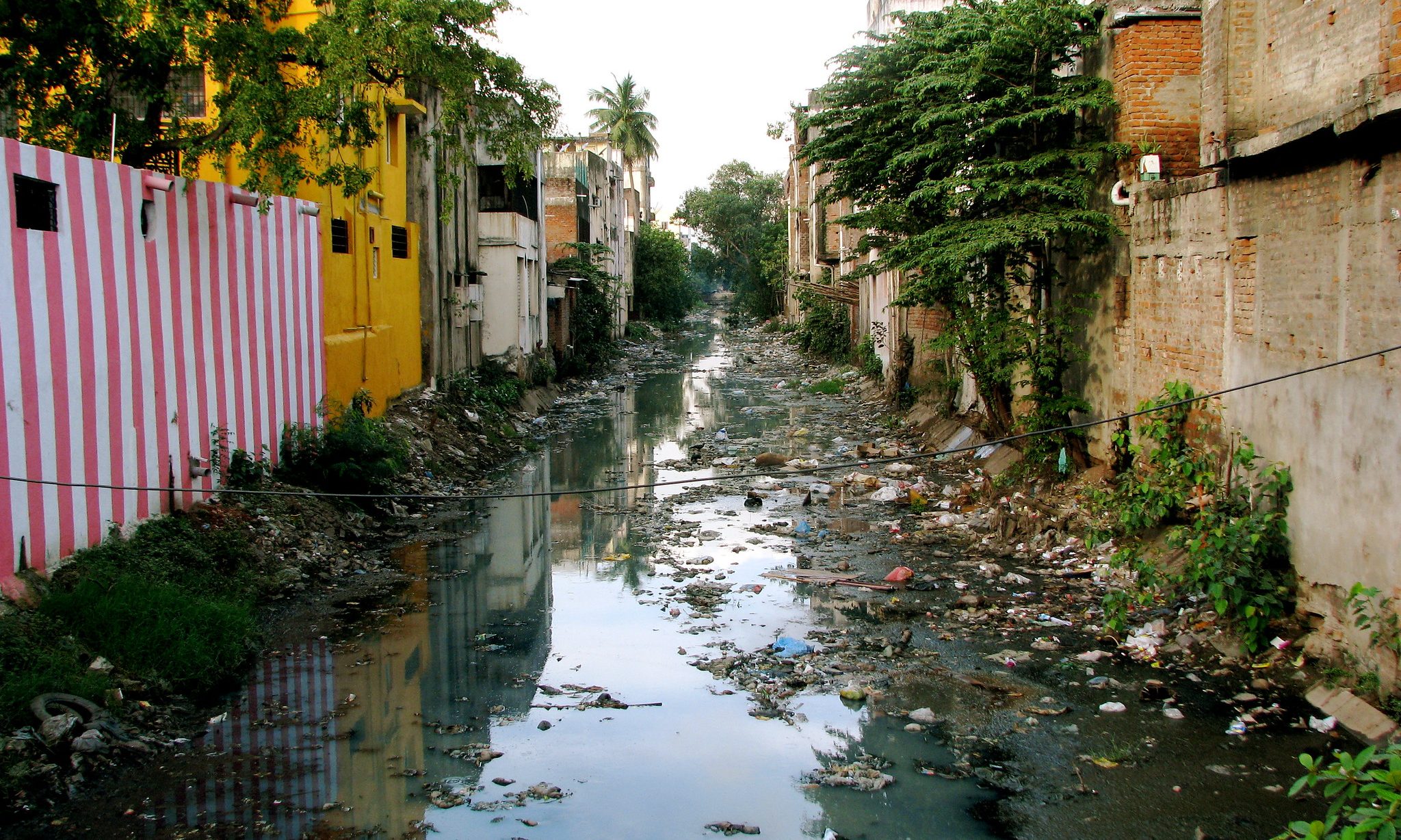
Globally, 80% of wastewater goes untreated. © McKay Savage
As we approach 2030, achieving universal sanitation is a growing planetary challenge. We need to remember that, globally, 80% of wastewater goes untreated. To reach 0% – or, at least, get close to this goal – the sustainable development of a wastewater treatment system must be technologically and economically feasible, especially for countries with fewer resources, which have the greatest need for treatment. Algae can help us achieve this.


